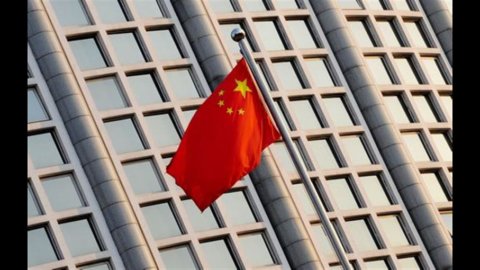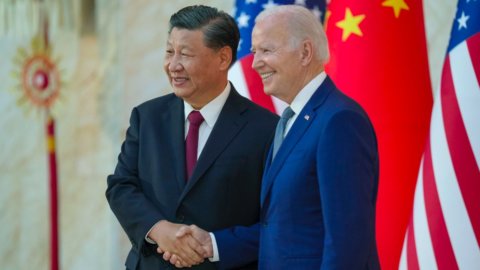There is not only the 'Silk Road' – there is also a 'Tea Road': five centuries ago Chinese tea was transported by thousands of camels from China to Mongolia and Russia along a road of 10 kilometres. For Chinese writer Deng Jiugang, the story of this route, its rise and fall, is not only of importance to professional historians. That story teaches peace and reconciliation, teaches how exchanges promote well-being and understanding.
In 1571 the Mongol leader Altan Khan managed, through negotiations, to abolish the blockade of the 'Tea Road' introduced by the Ming dynasty, a blockade which also prevented access to iron ore, cotton and Chinese seeds. This led to peaceful trade between China and Mongolia, and later made trade possible between China and Russia via the Gobi Desert.
In the most flourishing years of the 'Tea Route', in the eighteenth century, about 200 camels passed each year through Hohot, the 'hub' of that route. Each camel carried up to 180 kilos of cargo. Subsidiaries of trading houses from Russia, Great Britain, France, Switzerland and Japan crowded the streets of Hohot, now the capital of the Chinese region of Inner Mongolia.
Attachments: The Inner Mongolia article





